|
| ||||
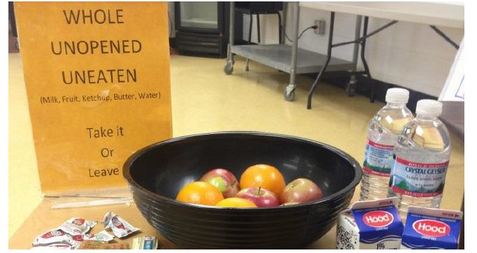
Rhonda Mace, with the Chittenden Solid Waste District contacted Food Rescue in late 2014 for the very first time, and then in 2015 and asked our assistance in collaborating with Vermont stakeholders and others in sharing the process of how Indiana came to adopt these policies, as well as points of emphasis from Indiana's Department of Education and Department of Health. Rhonda gave us permission to post the email sent announcing the program, as well as the guidelines themselves. Notice the cooperation of all involved at the highest level of state government departments in Vermont, as well as others listed.
Hi John,
Here are Vermont's food rescue documents! They are final and being distributed as I type to all food service staff throughout our state. I want to thank you again for your advice and guidance through this process. It was a collaborative effort, approved and supported by Vermont Agency of Education, Vermont Department of Health, and the Vermont Agency of Natural Resources. Hopefully other states will be encouraged to get something similar started.
We are actually part of a panel discussion at the upcoming Reduce and Recover: Save Food for People conference in Boston at the end of June on getting a K-12 food rescue program up and running.
Keep up the awesome work!
Cheers,
Rhonda
Chittenden Solid Waste District
From: Oakleaf, Bryn
Sent: Tuesday, May 24, 2016 2:26 PM
To: food_service_managers 'FARMTOSCHOOL
Cc: Wirsing, Elisabeth Rhonda Mace ; Nicole Civita
Subject: Vermont State Agency developed - Share table & Donation Guidance
Good Afternoon,
Attached are the final versions of the share table and food donation documents for distribution. These two documents have been developed in partnership with Vermont Department of Health (VDH), Agency of Education (AOE), Agency of Agriculture, Agency of Natural Resources (ANR), Chittenden Solid Waste District, Milton Farm to School, and the Vermont Foodbank. This team has drafted the contents of these two documents with assistance from the USDA-FNS, USEPA Region 1, and Food Rescue (Indiana based organization), among other partners.
Please reference these documents when initiating share tables in your K-12 schools or are looking to do so within the parameters set out by VDH, AOE, and ANR. For further information about donating surplus food from schools to local food shelves please reference the two page guidance document attached and consider reaching out to the Vermont Foodbank to assess logistics for capturing edible food for charitable distribution.
Note that donating food to charitable programs has federal liability protection under the Bill Emerson Good Samaritan Act. The federal law can be read here: https://www.gpo.gov/fdsys/pkg/USCODE-2010-title42/pdf/USCODE-2010-title42-chap13A-sec1791.pdf.
You may know of Vermont's Universal Recycling law (Act 148) and the phased-in landfill bans on food waste. (See the timeline of implementation dates here: http://dec.vermont.gov/sites/dec/files/wmp/SolidWaste/Documents/Universal-Recycling/timeline-factsheet-dec2014.pdf.) Preventing wasted food and capturing edible food before it must be discarded is a way to reduce the amount of material that must be sent to be composted, or other downstream processing options that keep the material out of the landfill.
If you have questions about the Universal Recycling law please do not hesitate to contact me or my colleagues at ANR. If you have questions about food safety and handling for share tables or donation please refer to the contact information provided on the attached guidance documents.
Thank you,
Bryn Oakleaf
Environmental Analyst V
Waste Management & Prevention Division
VT Department of Environmental Conservation

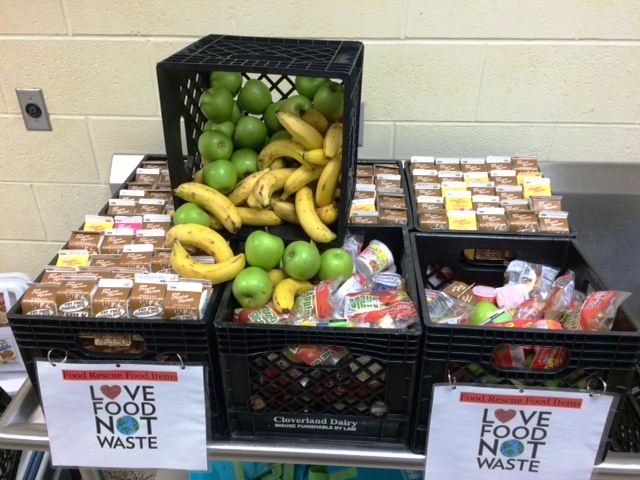
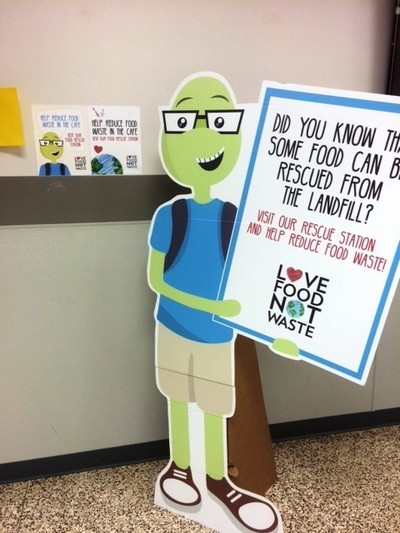
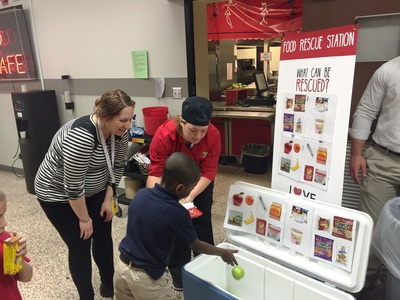
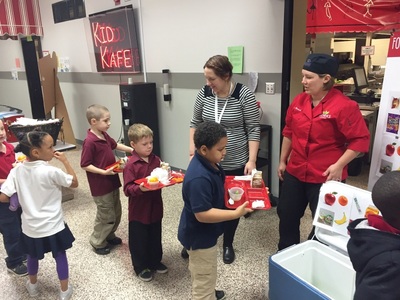
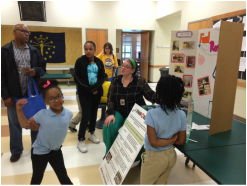
 RSS Feed
RSS Feed
